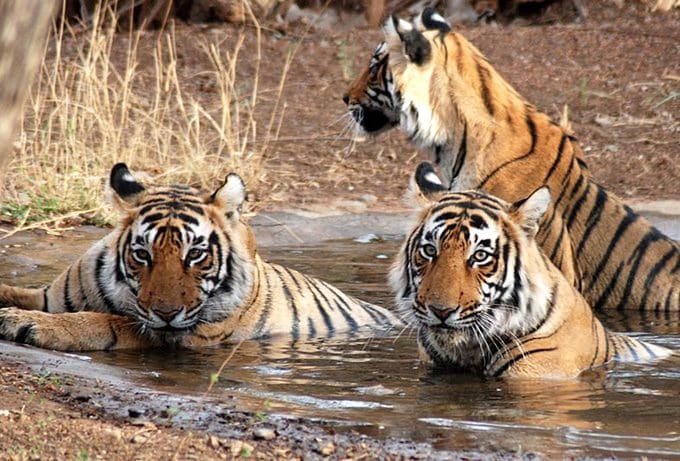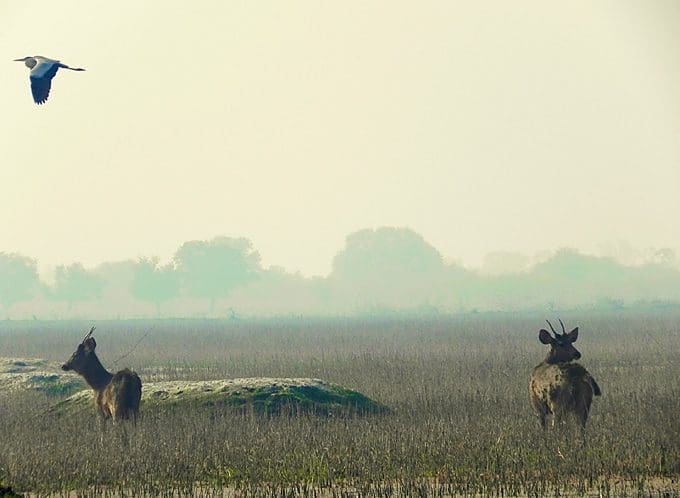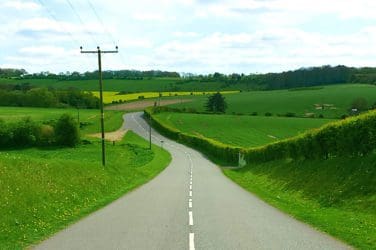words Al Woods
If you are planning a globe-spanning trip in the coming months, you would be remiss not to include India. It is a culturally and ecologically rich country, with so much to see between its states – especially if you are a nature lover.
Some India tours offer the full wildlife experience, taking you to and through unparalleled patches of protected land to give you a glimpse of nature’s most impressive creations. Many of those tours will include at least one of the following three sites, which have earned their keep as globally recognised destinations.

Ranthambore National Park
Ranthambore National Park is an expensive area of protected land in Rajasthan, encompassing 515 square miles between the banks of the rivers Chambal and Banas. As a result, it is one of northern India’s largest national parks – making it one of the best places to go to find protected wildlife in the north.
Ranthambore is named for the fort that can be found within its limits, a 10th century construction and monument to the rich history of the region. The fort and its surrounding wilds had been a popular hunting destination in pre-Independence India, and today is the site that receives significant ecological support and assistance, both for the same reason – the park’s abundant tiger population.
Ranthambore National Park is home to hundreds of different species of animal, from wild boars and jackals to the royal Bengal tiger, a species under consistent threat from climate change and poaching. There is no better place to see a tiger in its natural habitat, and no better park to support for tiger conservation efforts.

Keoladeo National Park
Rajasthan is also home to another national park – a much smaller one, but which has its own unique claims to fame. That park is Keoladeo National Park, a man-made wetland reserve in Bharatpur that spans 11 square miles. Keoladeo is a major international draw for the more-than 350 species of bird that can be discovered there. The park is a major staging ground for waterfowl species, and a crucial breeding ground for a number of other birds including cormorants.
Keoladeo is also the only national park on this list to be a UNESCO World Heritage Site, owing to its key role in the migratory patterns of said birds. Avid bird-watchers can come here and catch rare sights of eagles, falcons, cranes and more, as the wetland reserve continues its efforts to protect vital migratory patterns throughout the year.
Hemis National Park
Hemis National Park stands apart from the above two examples, being a protected area above and beyond – in the literal sense. Hemis National Park is the single largest in all of India, but especially notable for its altitude; it lies to the north of the Himalayas, sitting at a base elevation of 3km and encompassing the mountain of Stok Kangri.
Hemis’ catchment area is huge, measuring around 1,700 square miles – but the taxing climate sees less indigenous species grace the area. However, the park is home to a such marvels as the snow leopard, Asiatic ibex and Tibetan wolf – making it a key destination to catch sight of rare and endangered species in the mountains.






